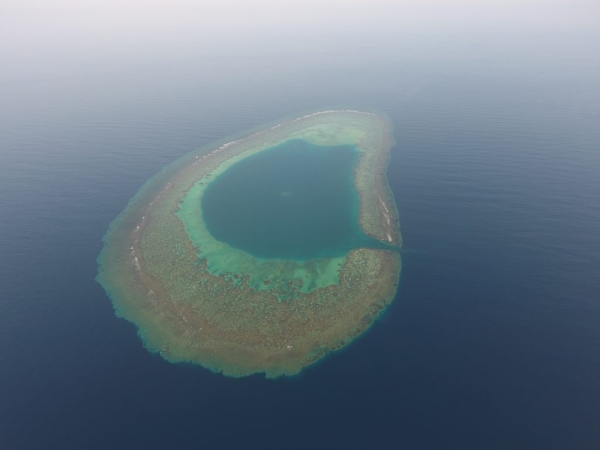
The Blue Holes in the Kingdom of Saudi Arabia are an ecological system and geological formation consisting of circular submerged cavities within the water. They are located in the southern Red Sea, off the southern coasts of Saudi Arabia. These formations were discovered in 2022 during a scientific exploratory mission called the "Red Sea Decade Expedition." A total of twenty blue holes were identified.
Formation of blue holes in Saudi Arabia
Blue holes are rare geological formations worldwide, first discovered in 1971. Since then, they have been recognized as a rare phenomenon and an important site for diving activities. The blue holes discovered in Saudi Arabia are composed of rings of coral reefs visible from the sea surface, appearing cylindrically beneath the water. Preliminary field surveys conducted on two of these blue holes revealed depths ranging between seven hundred and nine hundred m.
The surface of the blue holes hosts a wealth of geological diversity, particularly various types of healthy coral reefs. They are characterized by their large size, wide circular diameter, and the diverse marine life they support, including fish, coral reefs, sponges, and turtles. Their deep blue color results from the refraction of sunlight around the cavity and its reflection from the depths.
Ecosystem of blue holes
Scientific discoveries within the blue holes revealed dolphins inhabiting them, using the blue holes as a shelter from marine predators. The National Center for Wildlife is working on mapping and identifying the ecosystems of the blue holes in the Red Sea. This involves conducting extensive research to document their biophysical factors, creating three-dimensional maps, and collaborating with researchers and specialists to catalog the marine biodiversity of these ecosystems.
Related quizzes
Related articles


